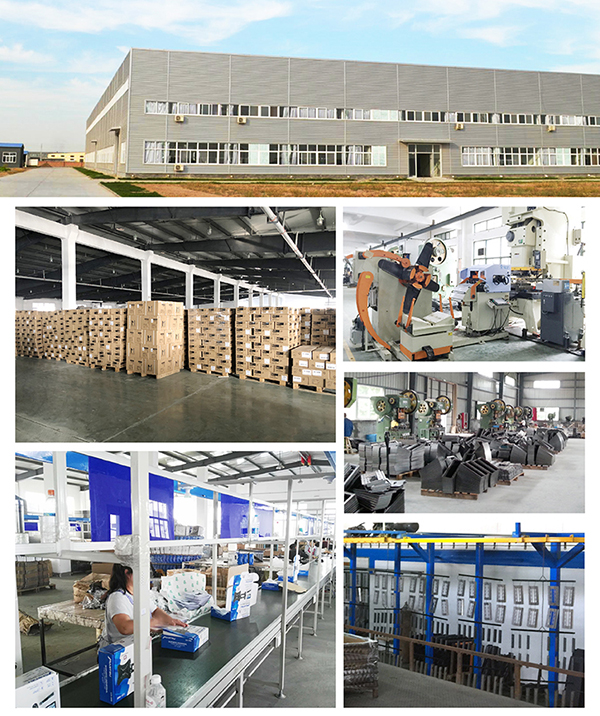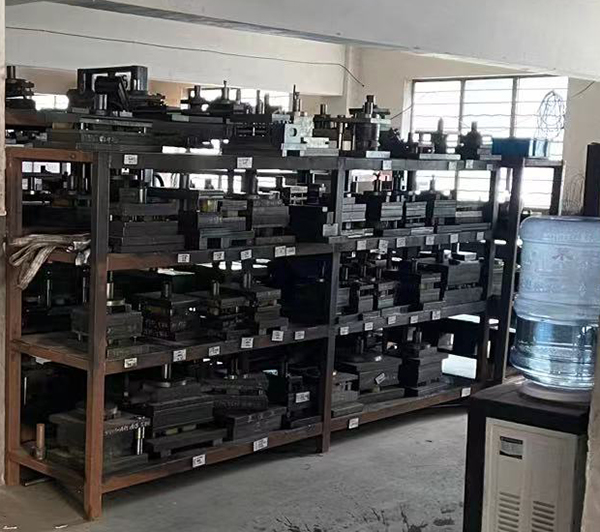Production Process and Materials Used in TV Mounts
TV brackets are one of the most essential components of a television set. They come in a variety of shapes and sizes and can be used to mount TVs on walls, ceilings, or any other surface. The production of Television Wall Mount is a complex process that involves a number of steps, including designing, molding, and assembly. In this article, we will take a closer look at the installing TV mount production process, from start to finish.
Designing:
The first step in the production process of TV wall hanger is designing. The design of the bracket is a crucial element, as it determines the overall strength, stability, and functionality of the product. The design process involves using specialized software to create a 3D model of the bracket, taking into consideration factors such as the weight and size of the TV, the location of the bracket, and the materials that will be used.
The design of the bracket is typically done by engineers and product designers, who work together to create a product that is both aesthetically pleasing and functional. Once the design is finalized, it is sent to the manufacturing team for the next step in the process.
Molding:
The next step in the TV hanger mount production process is molding. The molding process involves creating a mold of the bracket design, which will be used to create the actual product. The mold is typically made of steel or aluminum and is created using a CNC machine.
Once the mold is created, it is sent to the manufacturing team for the next step in the process. The team uses the mold to create the bracket itself, using materials such as steel, aluminum, or plastic.
Assembly:
The final step in the production process of Vesa TV mount is assembly. This involves putting together all of the individual parts of the bracket to create the final product. The assembly process can vary depending on the type of bracket being produced and the materials being used.
For example, if the TV bracket is made of steel, it may require welding or other specialized techniques to join the different parts together. If the TV arm mount is made of plastic, it may be assembled using screws or other fasteners.
Quality Control:
Throughout the entire production process, quality control is an essential element. This involves testing the product at various stages to ensure that it meets the required standards for strength, stability, and safety.
Quality control may involve using specialized equipment to test the TV bracket's weight capacity, or it may involve visual inspections to ensure that the product is free of defects or flaws. Any issues or problems that are discovered during the quality control process are addressed and corrected before the product is released for sale.
Conclusion:
The production of hanging TV mount is a complex process that involves a number of steps, from designing and molding to assembly and quality control. Each step is essential to creating a high-quality product that is both functional and aesthetically pleasing.
The production process of articulating TV mount is constantly evolving, with new materials, techniques, and technologies being developed to improve the quality and durability of the product. As the demand for TV hanger continues to grow, we can expect to see further innovation in this field, with even more advanced and sophisticated production methods being developed in the future.
Materials Used in TV holder:
Now that we have discussed the different types of TV wall unit let us delve into the materials used in TV wall brackets. The materials used in TV wall mount determine its strength, durability, and functionality. The most common materials used in best TV wall mount include:
Steel:
Steel is the most commonly used material in TV mounting bracket. It is strong, durable, and can withstand heavy weight. Steel TV mounts are available in various thicknesses, and thicker steel offers better support. Steel is also affordable, making it an excellent choice for those on a budget. However, steel is also heavy, making it challenging to install and adjust.
Auminum:
Aluminum is a lightweight material that is commonly used in TV holder for wall. It is corrosion-resistant and durable, making it an excellent choice for outdoor universal TV wall mount. Aluminum TV mounts are also easy to install and adjust. However, aluminum is not as strong as steel and may not be suitable for larger TVs.
Plastic:
Plastic is a cheap and lightweight material used in some professional TV mounting. It is easy to install and adjust, making it an excellent choice for those on a budget. However, plastic is not as strong as steel or aluminum and may not be suitable for larger TVs.
Composite Materials:
Composite materials are a combination of various materials, including plastic, aluminum, and steel. Composite materials are strong, lightweight, and durable, making them an excellent choice for wall mount brackets for TV. However, composite materials are more expensive than other materials and may not be suitable for those on a budget.
Post time: Mar-22-2023







